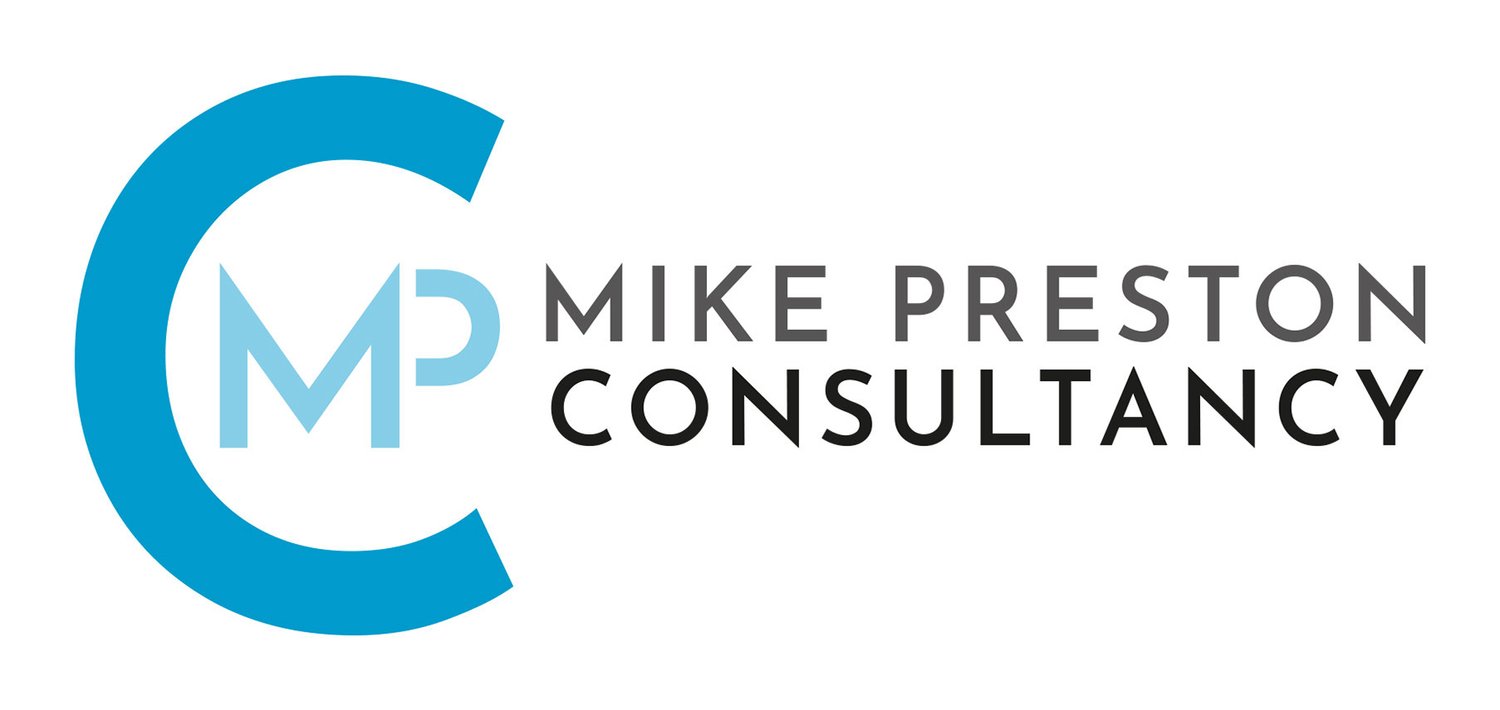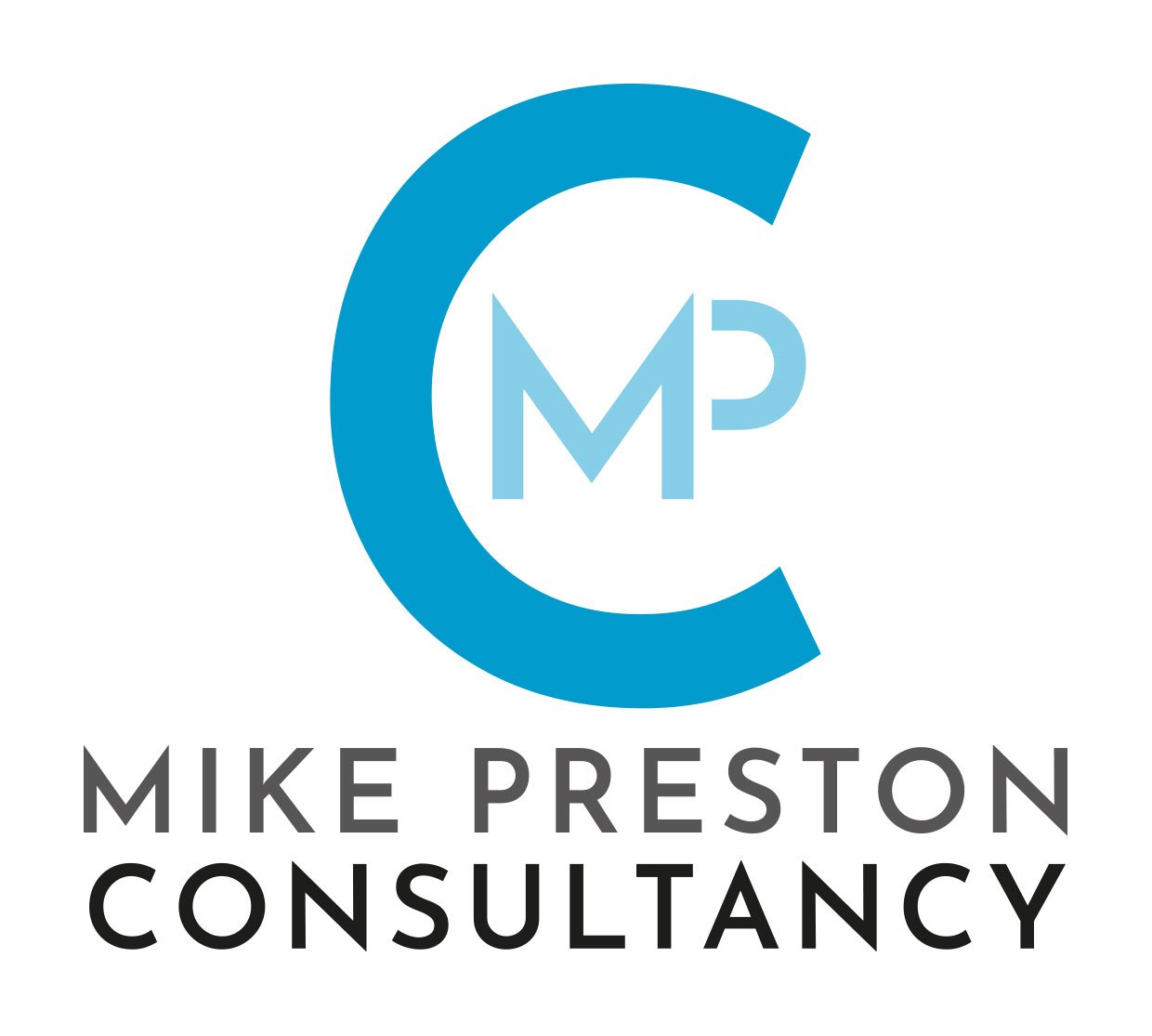Celebrating Small Charities Week: Your Opportunity to Thrive!
It's a common misconception that charities, especially smaller ones, can operate on goodwill and shoestring budgets alone. While passion is undoubtedly a driving force, sustained impact requires financial stability, and that's where Full Cost Recovery (FCR) comes in.
If you're a small or medium-sized charity, or even just someone curious about how charities work, you might be thinking, "Full what now? And why do I need data for fundraising?" You're not alone! Let's break it down.
As we approach Small Charities Week (June 23rd - 28th, 2025), it's the perfect time to shine a spotlight on the incredible work done by the backbone of our charity sector. Small Charities Week is an annual event dedicated to celebrating and supporting the UK's small charities, those vital organisations with an annual income under £1 million. It's a week packed with events, resources, and opportunities designed to help these charities gain recognition, connect with peers, and access the tools they need to flourish.
This year, a key theme is equipping small charities with the knowledge and resources to become more financially resilient and sustainable. Understanding and implementing Full Cost Recovery is a huge part of that. This blog is designed to give you a head start, demystifying a crucial concept that can often feel overwhelming.
Full Cost Recovery: The Hidden Engine of Impact
Imagine you're baking a cake for a charity bake sale. You buy the flour, sugar, eggs, and butter. These are your obvious, direct costs. But what about the electricity for the oven? The gas to get to the shop? The wear and tear on your mixer? Your time spent baking?
In the charity world, it's the same. Full Cost Recovery (FCR) is about ensuring that every penny spent on delivering your charitable mission, both directly and indirectly, is accounted for and covered by the funding you receive.
Why is this so important? Because if you're constantly under-recovering your costs, you're essentially losing money on every project. This might seem manageable for a while, but it's a fast track to burnout, limited growth, and ultimately, a reduced ability to help those you serve. FCR allows you to:
Be Sustainable: Keep the lights on, pay your dedicated staff fair wages, and maintain your essential services.
Grow Your Impact: Invest in new projects, expand your reach, and develop innovative solutions to pressing issues.
Be Accountable: Demonstrate to funders that their money is being used efficiently and effectively to achieve real change.
The "Data" You Need: It's Not as Scary as It Sounds
When we talk about "data" for FCR, we're not necessarily talking about complex algorithms or fancy spreadsheets (though those can come later!). For a small charity, it starts with a simple, common-sense approach to understanding your spending.
Think of it this way:
Direct Costs: These are the obvious expenses directly linked to a specific project or service. If you run a youth mentoring program, direct costs might include mentor training materials, venue hire for sessions, and travel expenses for mentors.
Indirect Costs (Overheads): These are the costs of keeping your charity running as a whole, which aren't directly attributable to one specific project. This includes things like:
Rent for your office
Utilities (electricity, internet)
Salaries for administrative staff (CEO, finance, fundraising)
Insurance
IT support
Even the cost of making a cup of tea for your volunteers!
The "process" for a small charity often begins with diligently tracking all expenditures. This might mean keeping meticulous records of receipts, categorising expenses in a simple accounting software, and having clear conversations about how much time staff are spending on different activities.
The goal is to answer questions like:
How much does it cost to deliver one hour of mentoring?
What percentage of our overall spending goes towards administrative costs?
If a funder gives us £X for a project, how much of that needs to cover our indirect costs to ensure we're not operating at a loss?
This information, however basic, is gold for your fundraisers. Instead of just asking for money to "do good," they can articulate exactly what it costs to achieve a specific outcome, making their proposals much more compelling and credible.
How the Process Evolves with Growth
As your charity grows, so does the complexity of your FCR process:
Small Charities (0-5 staff): Often, FCR is managed intuitively or through very basic accounting. A dedicated treasurer or even the CEO might be responsible for tracking expenses and allocating them. The focus is on ensuring immediate project costs are covered and a rough sense of overheads is maintained. Fundraising discussions might involve adding a small percentage on top of direct project costs to cover essentials.
Medium Charities (5-25 staff): As you grow, you'll likely have dedicated finance staff or even a finance manager. They'll implement more robust accounting systems, perhaps using activity-based costing to more accurately allocate indirect costs across different programs. Formal overhead recovery rates will be calculated and applied to funding applications. Fundraising teams will work closely with finance to build detailed budgets that fully reflect all costs, and may even be challenged by funders to justify their overheads.
Large Charities (25+ staff): At this scale, FCR becomes a sophisticated and integrated part of organisational strategy. There will be dedicated finance departments with specialists in financial planning and analysis. Robust internal systems for cost allocation, budgeting, and forecasting are essential. Funders often have very specific requirements for how costs are presented, and large charities will have the capacity to meet these. There's a constant effort to optimise cost efficiency while ensuring full recovery.
The Ever-Present Need for Up-to-Date Information
Regardless of your size, one thing remains constant: the critical importance of maintaining up-to-date data and information.
Why?
Budgets change: Inflation, rising operational costs, and unexpected events can all impact your expenses. Old data means outdated costings, leading to under-funded projects.
Programs evolve: As your services adapt to community needs, the resources required will shift. Your cost data needs to reflect these changes.
Funders demand it: Funders increasingly want to see realistic and well-justified budgets. Presenting outdated or inaccurate figures undermines your credibility and chances of success.
Strategic Planning: Up-to-date FCR data informs all your strategic decisions – from setting fundraising targets to evaluating the viability of new projects. Without it, you're flying blind.
Think of your FCR data as a living document, not a dusty report. Regular reviews, adjustments, and open communication between your finance and fundraising teams are vital.
Make Small Charities Week Count: Empower Your Fundraising!
Full Cost Recovery might sound like a dry financial concept, but for charities, it's the bedrock of sustainable impact. It's about empowering your organization to not just survive, but to thrive and make an organisational difference in the world. By embracing the process of understanding and accounting for all your costs, no matter how small you are, you'll be building a stronger, more resilient, and ultimately, more impactful charity.
To help you on your journey towards robust Full Cost Recovery and more successful fundraising, we're offering a special 25% promotion on any purchase made during Small Charities Week. Don't miss this opportunity to equip your charity with the financial acumen it deserves.
Visit Resources Hub and E-Learning Store today and empower your mission!


